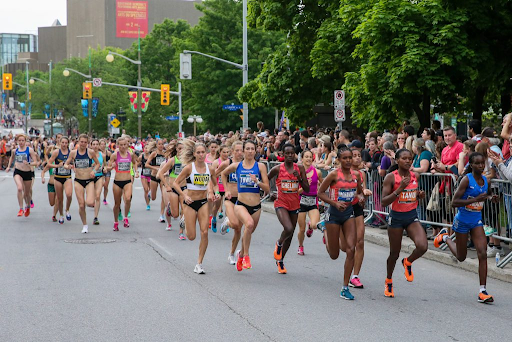Cycling is not just about pedaling fast to cover a long distance. It is, of course, more than that, and the one thing we often ignore is the cadence, meaning the rhythm of your pedal strokes. Whether cycling for fitness, competition, or leisure, your cadence significantly affects how your body performs and recovers.
Understanding the best cycling cadence can transform our ride and make it smoother, more efficient, and more enjoyable. In this article, we’ll explore cadence and how it affects performance. Besides this, we will learn the best bicycle cadence for different needs and how you can train to improve it. So let’s get started.
Content Table:
- Part 1: What is Cycling Cadence?
- Part 2: The Effects of Cadence for Cycling
- Part 3: What is the Best Cycling Cadence?
- Part 4: How to Train Your Cycling Cadence
- Part 5: Why the Suunto Sports Watch is a Great Choice for Cyclists
Part 1: What is Cycling Cadence?
Cycling cadence refers to the number of pedal strokes you complete in one minute, measured in revolutions per minute (RPM). For example, if you complete 80 pedal strokes in a minute, your cadence is 80 RPM. It might sound simple, but cadence is one of the most important aspects of cycling efficiently.
Cadence is important, as it directly influences your muscles, joints, and cardiovascular system. A slower cadence puts more pressure on your muscles and joints. In comparison, a faster cadence relies more on your cardiovascular system. That’s why striking the right balance is key to ensuring comfort, endurance, and performance.
Interestingly, your cadence also affects your resting heart rate (RHR). A well-trained cyclist with a consistent cadence will have a lower RHR, which shows better cardiovascular fitness. On the other hand, if your cadence is too low or inconsistent, it will add stress to your heart and muscles, leading to quicker fatigue.
Part 2: The Effects of Cadence for Cycling
Now that you know what cycling cadence is and why it matters, let’s take a closer look at how it actually affects riders. The impact isn’t the same for everyone and it vary based on the age, gender, body type and cycling goals. This means what works well for one cyclist might not feel right for another. Here are some important perspectives to keep in mind:
☑️Men vs. Women: Men often prefer slightly lower cadences because they have greater muscle mass, which allows them to push harder gears at slower rhythms. Women, however, tend to benefit from higher cadences, as they reduce strain on joints and muscles while relying more on aerobic endurance.
☑️Children: Younger riders usually find higher cadences easier because their lighter body weight and natural energy make quick pedal strokes less tiring.
☑️Older Adults: For older cyclists, maintaining a moderate cadence helps protect the joints. Higher cadences may feel uncomfortable, but if it’s too low, it can cause knee stress. That’s why balance is essential.
☑️Professional vs. Casual Cyclists: Professionals often ride at cadences between 90 and 110 RPM, which maximizes efficiency. Casual riders, however, usually settle around 60–80 RPM to focus more on comfort than performance.
Part 3: What is the Best Cycling Cadence?

After covering how cadence affects different riders, the next question is: what’s the best cycling cadence? The truth is, there isn’t a single magic number that works for everyone The best cycling cadence depends heavily on who you are, what kind of ride you are doing, and what you want to achieve. Let’s look at different situations:
1. Best Average Cycling Cadence
The best average cadence for most healthy adults is between 80 and 100 RPM. Younger cyclists and women generally stay toward the higher end of this range. At the same time, older adults and men with greater muscle mass might prefer the lower end. This range ensures a balance between muscular force and cardiovascular efficiency.
2. Best Cycling Cadence for Weight Loss
If your goal is weight loss, you need to focus less on high intensity and more on sustainability. Generally, a cadence of 80–90 RPM would work best because it allows you to maintain a steady pace for extended periods. As a result, you will burn calories efficiently without overexerting yourself.
3. Best Cadence for Long-Distance Cycling
If you are looking to build endurance, the sweet spot lies around 85–95 RPM. This range will protect your muscles from fatigue and keep energy more aerobic, meaning your body relies on oxygen rather than quickly burning through muscle glycogen.
4. Best Cadence for Road Cycling
Road cyclists typically ride at 90–100 RPM, especially in flat or rolling terrain. The higher cadence helps keep momentum, prevents muscle strain, and allows quicker adaptation to changing speeds and slopes.
5. Best Cycling Cadence for Climbing
Climbing requires a slightly different approach. A cadence between 70 - 85 RPM is considered more effective for climbing because it balances force with endurance. If you opt for too high a cadence on climbs, it will spike your heart rate, while too low a cadence can cause muscle strain in the legs. Therefore, during climbing, shift gears frequently to stay in this range.
Part 4: How to Train Your Cycling Cadence
To improve your cycling cadence, you cannot expect it to happen overnight. It will require practice and consistent training. Here are some professional tips that can help you train your cycling cadence:
Use a Cadence Sensor: The modern cycle comes with cadence sensors, and you can also download the apps that can measure RPM. This will help you track and adjust your cadence in real time.
-
Start with Cadence Drills: During your cycle ride, spend 1–2 minutes at a cadence 10–15 RPM higher than your average. Then recover at your normal pace and repeat this process. This will build the muscle memory and help your body adapt gradually.
-
Focus on Smooth Pedaling: To improve efficiency, avoid stomping down on the pedals. Instead, aim for a circular motion by pushing forward, down, back, and up.
-
Include Interval Training: Alternate between high-cadence efforts (100–110 RPM) and recovery periods at moderate cadence. This will boost both cardiovascular and muscular endurance.
-
Build Core and Leg Strength: Stronger muscles support higher cadences, so add exercises like squats, lunges, and planks to your routine. They will complement your cycle training.
-
Stay Relaxed: Tension in your upper body can reduce cadence efficiency. Therefore, keep your shoulders and arms loose and let your legs do the work.
-
Practice on Different Terrain: Cadence control differs on flats, hills, and descents. So make sure to train on varied terrain to help your body adapt better to all cycling situations.
Part 5: Why the Suunto Sports Watch is a Great Choice for Cyclists
Knowing the right cycling cadence is important, but keeping track of it without the right tools can be difficult. This is where the Suunto sports watch comes in. Designed for professional athletes and everyday cyclists, Suunto watches provide real-time cadence tracking, heart rate monitoring, GPS navigation, and performance analysis. Using this, you can get real-time data about your performance during the ride and then adjust the training based on that.

For those aiming to hit the proper cycling cadence, whether to lose weight, improve their road cycling, or build endurance for long distances, the Suunto Sports Watch makes it easy to see progress and stay on track. It even saves your workout history, so you can look back, compare your rides, and notice how much you’re improving.
In addition, the watch is tough and has a long battery life, which is perfect for cyclists who love long outdoor rides and adventures.
Conclusion
Cadence is more than just pedaling speed. In fact, it is an art that shapes the way you ride. The best cycling cadence usually falls between 80 - 100 RPM, but the ideal range depends on your fitness goals, age, and type of cycling. However, training your cadence with drills, intervals, and strength exercises can improve efficiency, reduce fatigue, and enjoy smoother rides.
To make this process even easier, tools like the Suunto Sports Watch can provide accurate cadence data, helping you stay consistent and achieve your goals faster. So, the next time you hop on your cycle, pay attention to your rhythm, as it is the key to unlocking your best cycling cadence.
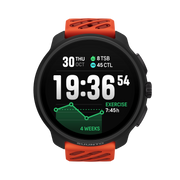
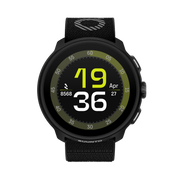
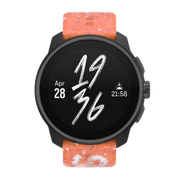
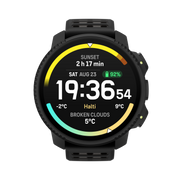
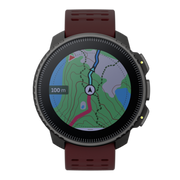
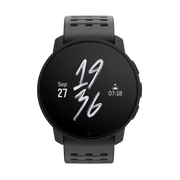
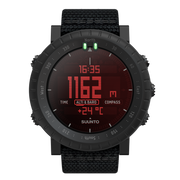
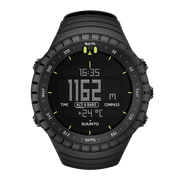
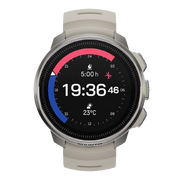
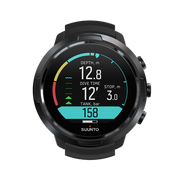
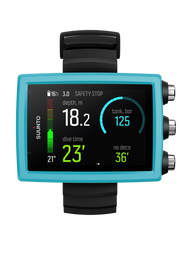
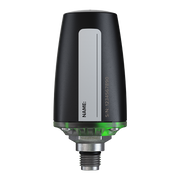
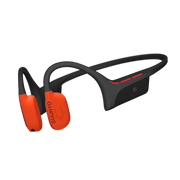
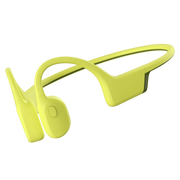
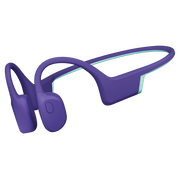
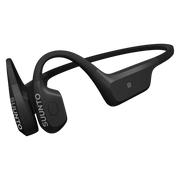
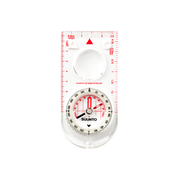
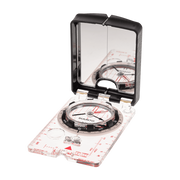
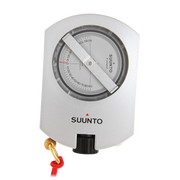
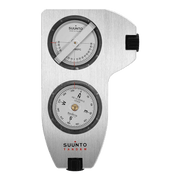
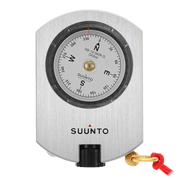
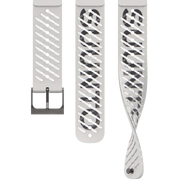
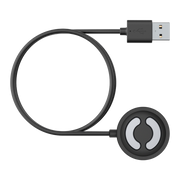
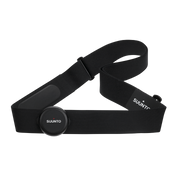
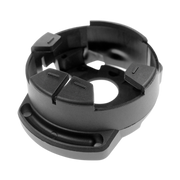
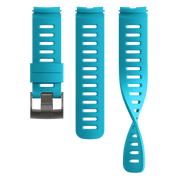


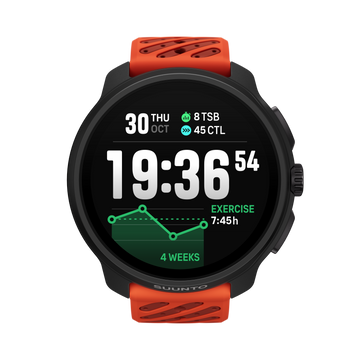
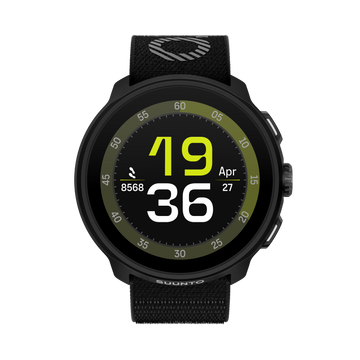
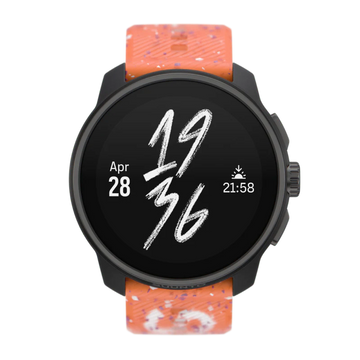
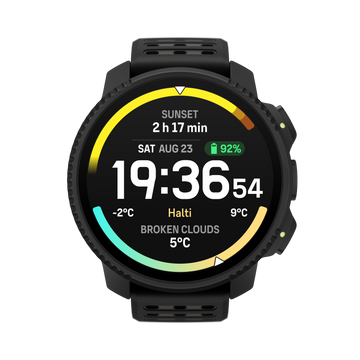
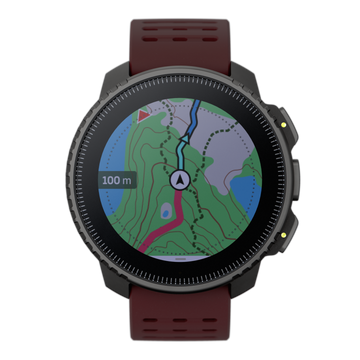
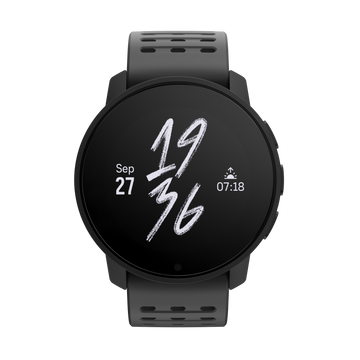
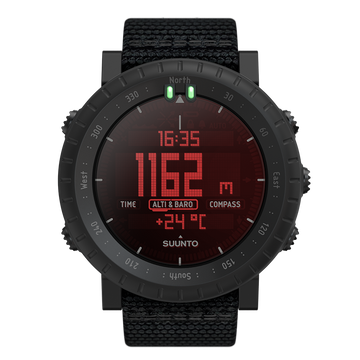
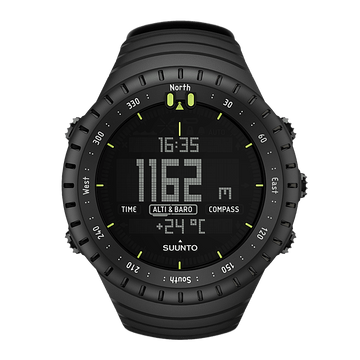
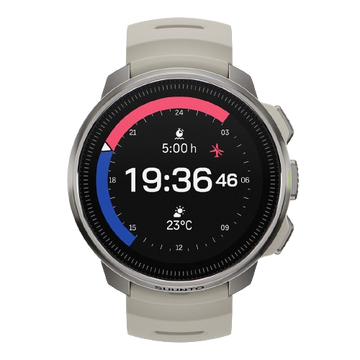
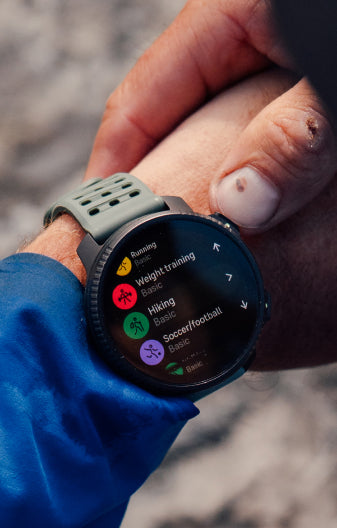
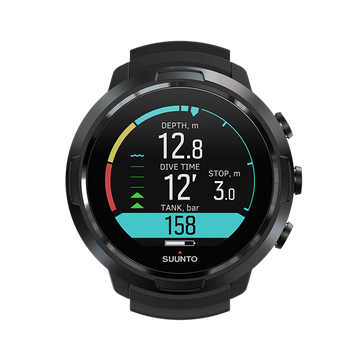
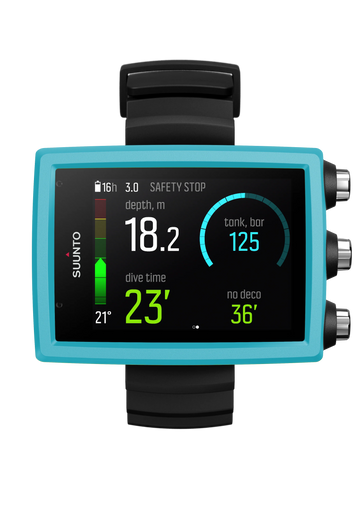
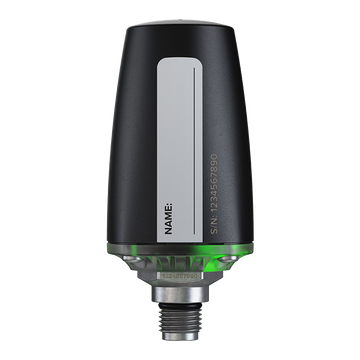
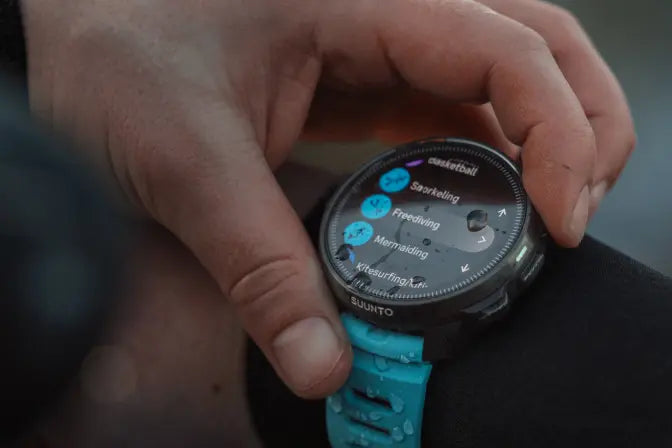
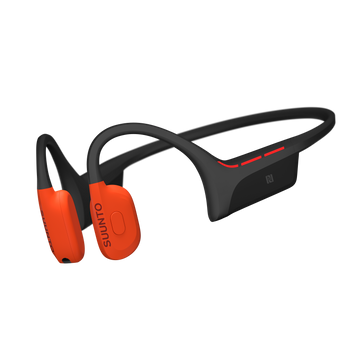
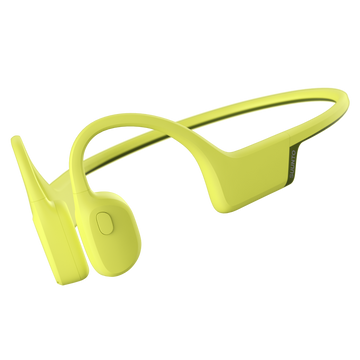
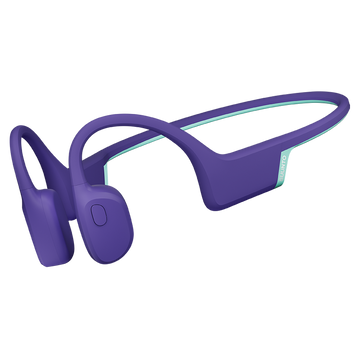
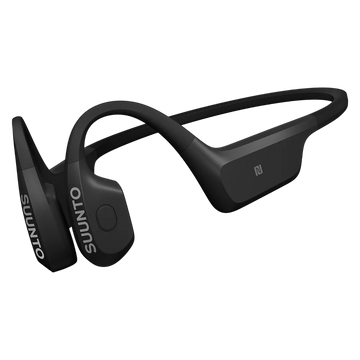

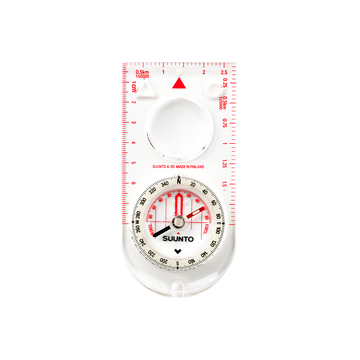
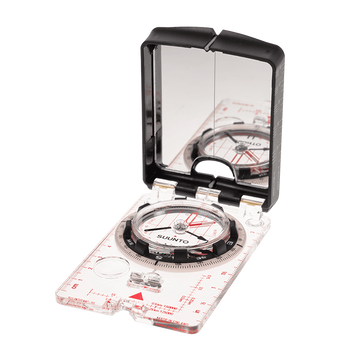
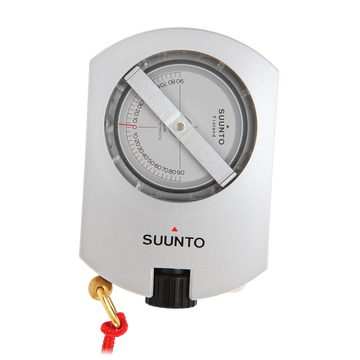
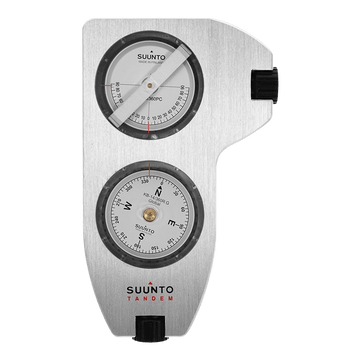
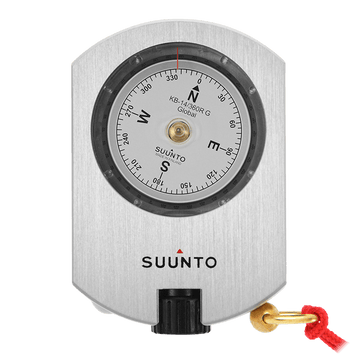
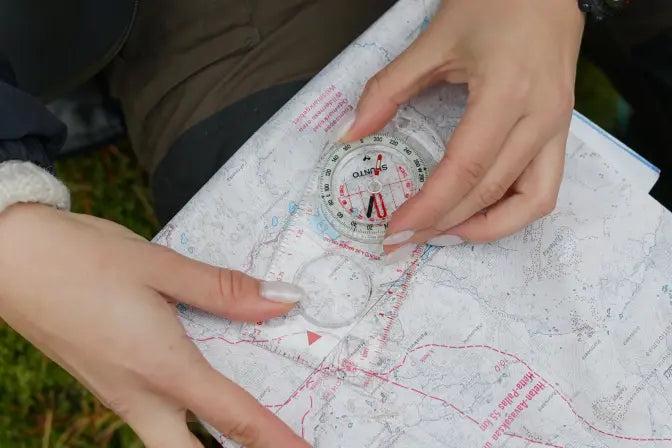
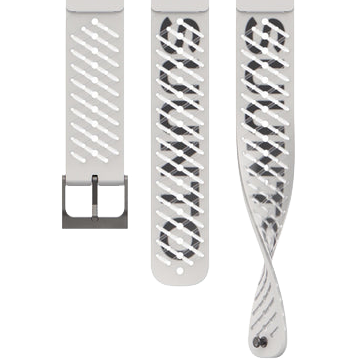
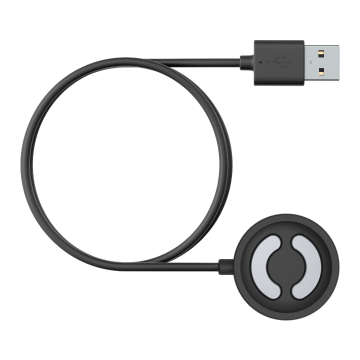
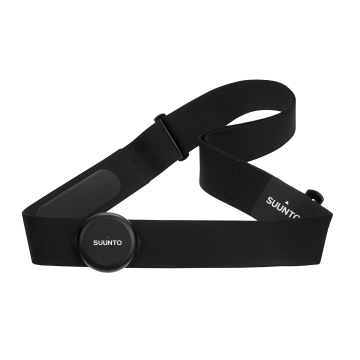
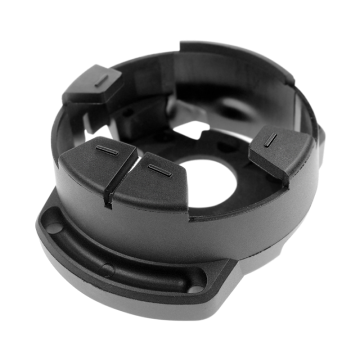
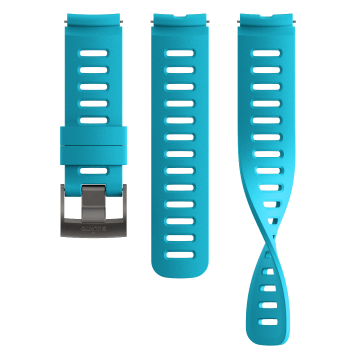
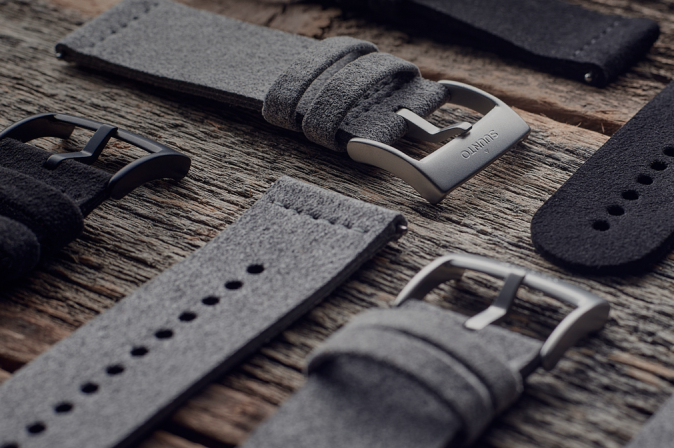


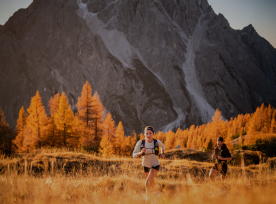
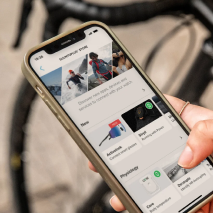
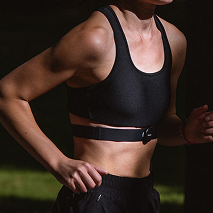



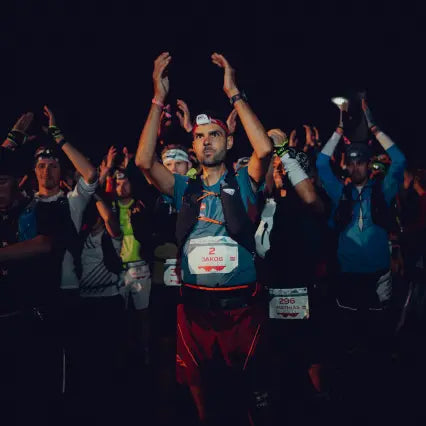
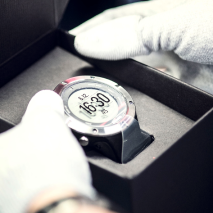
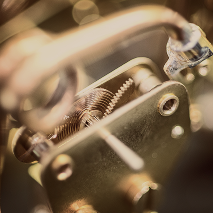
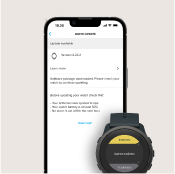
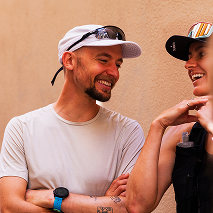
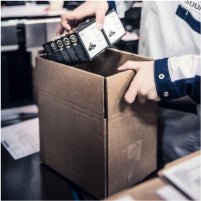


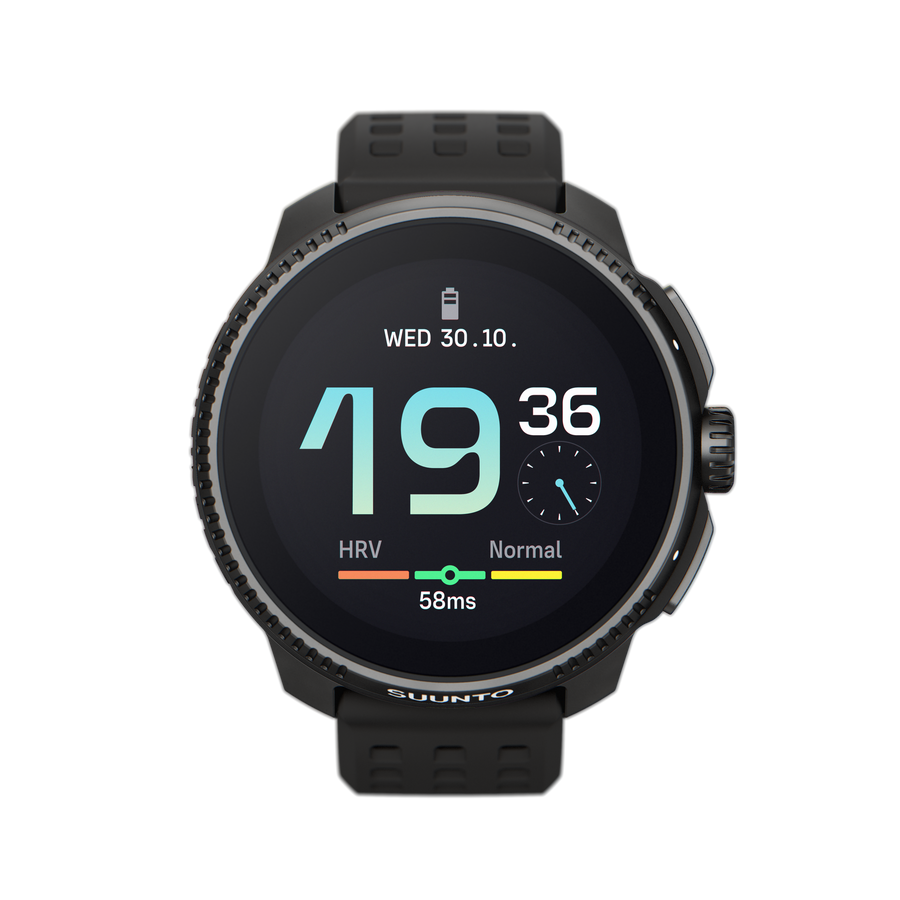
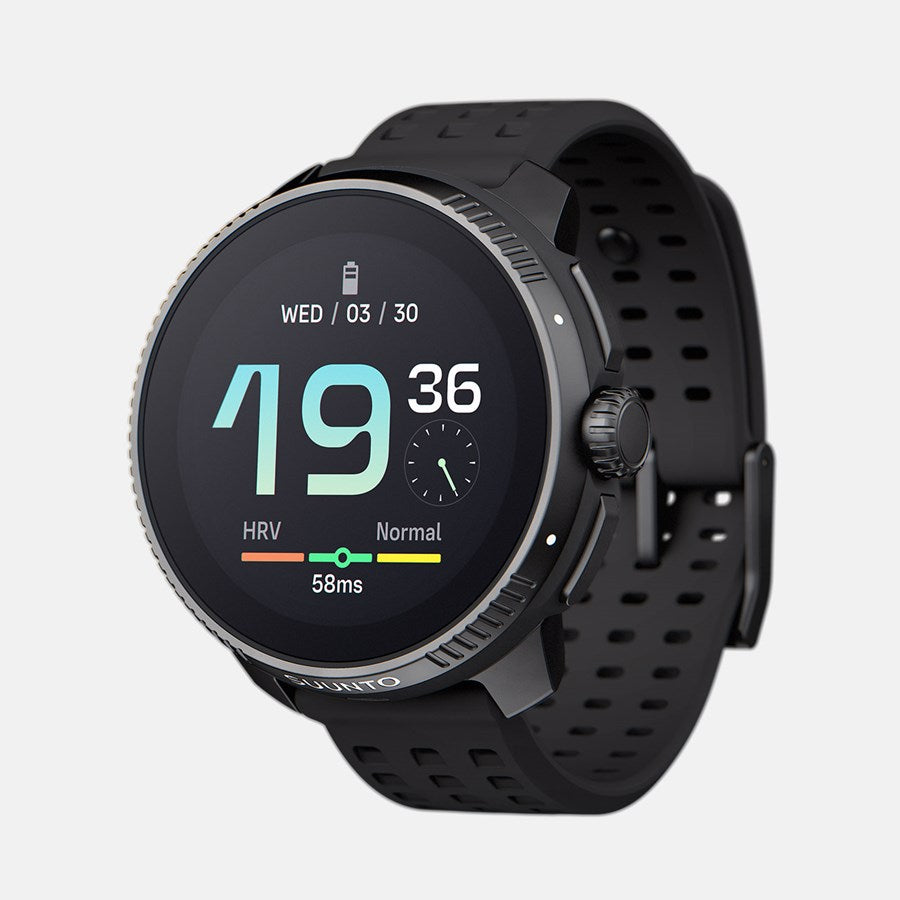
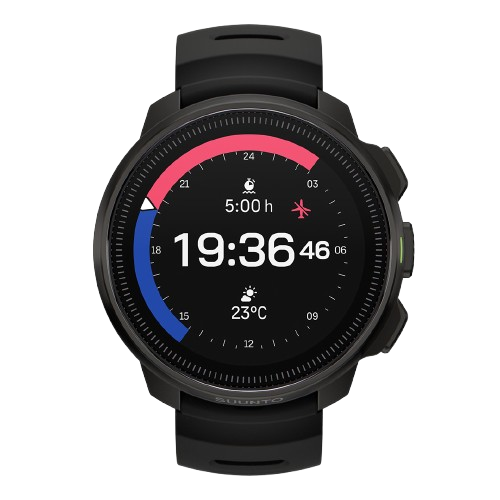
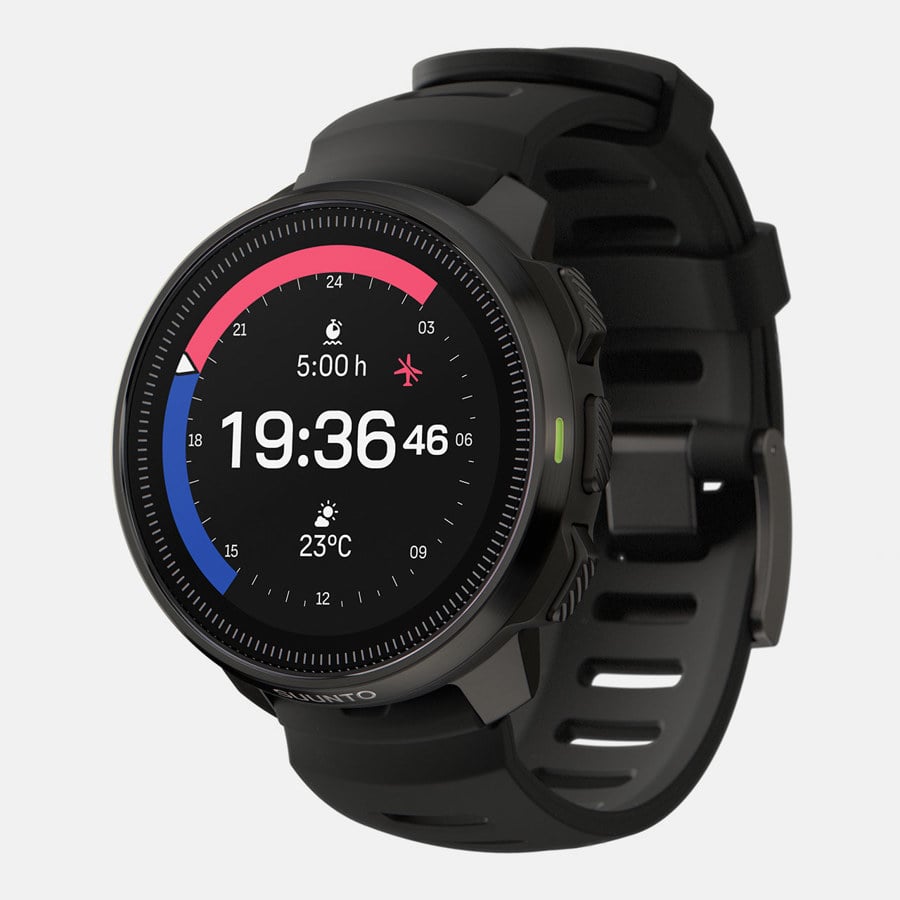
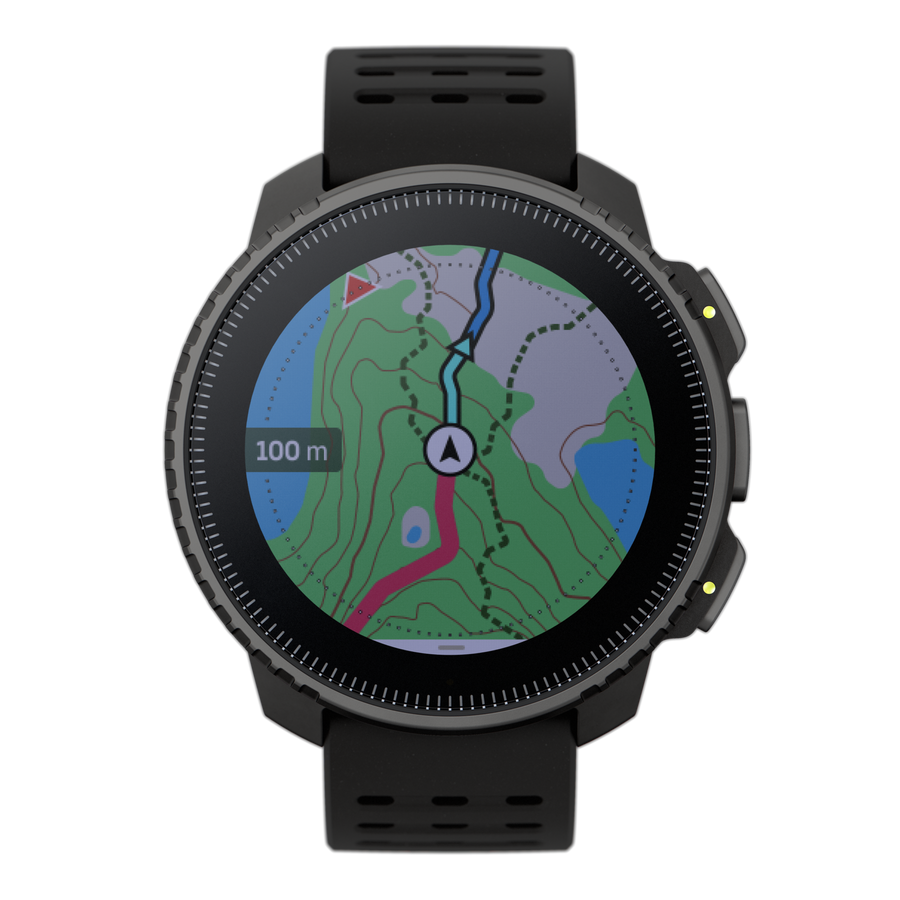
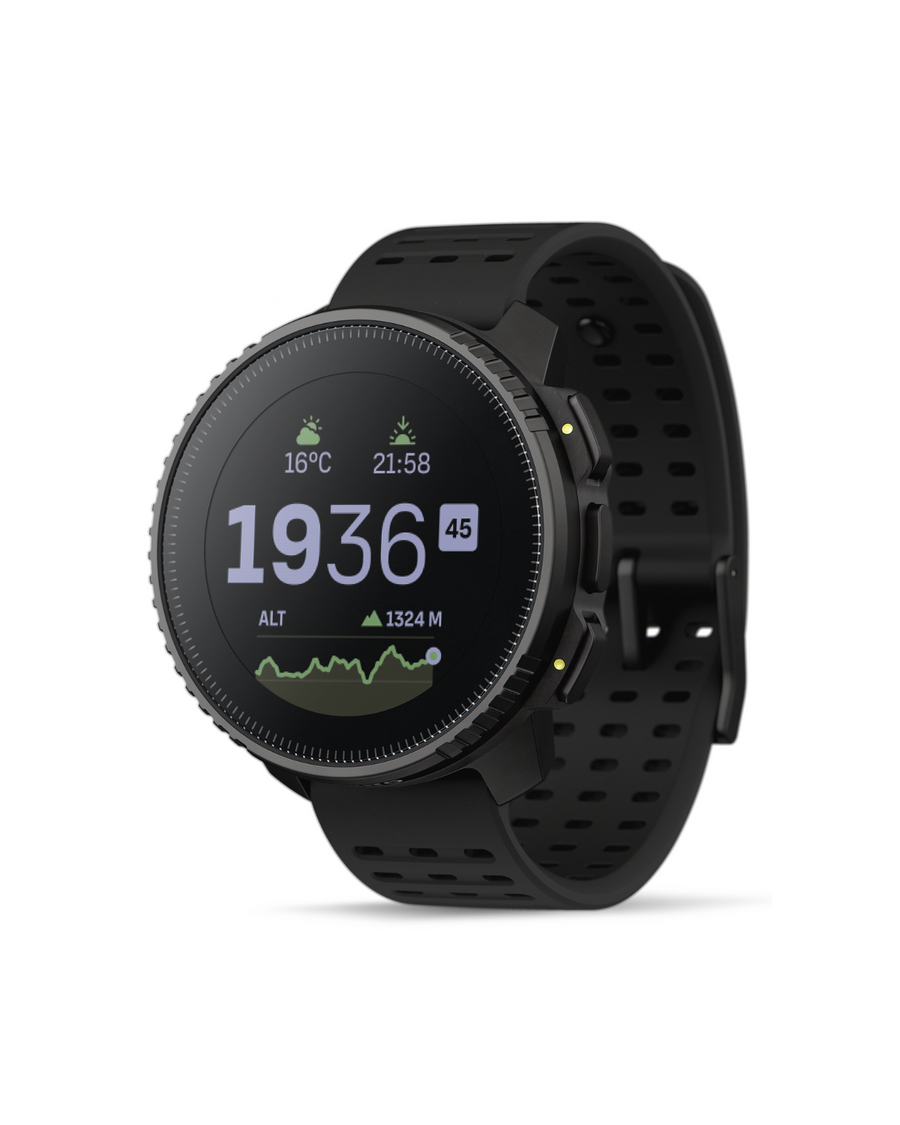
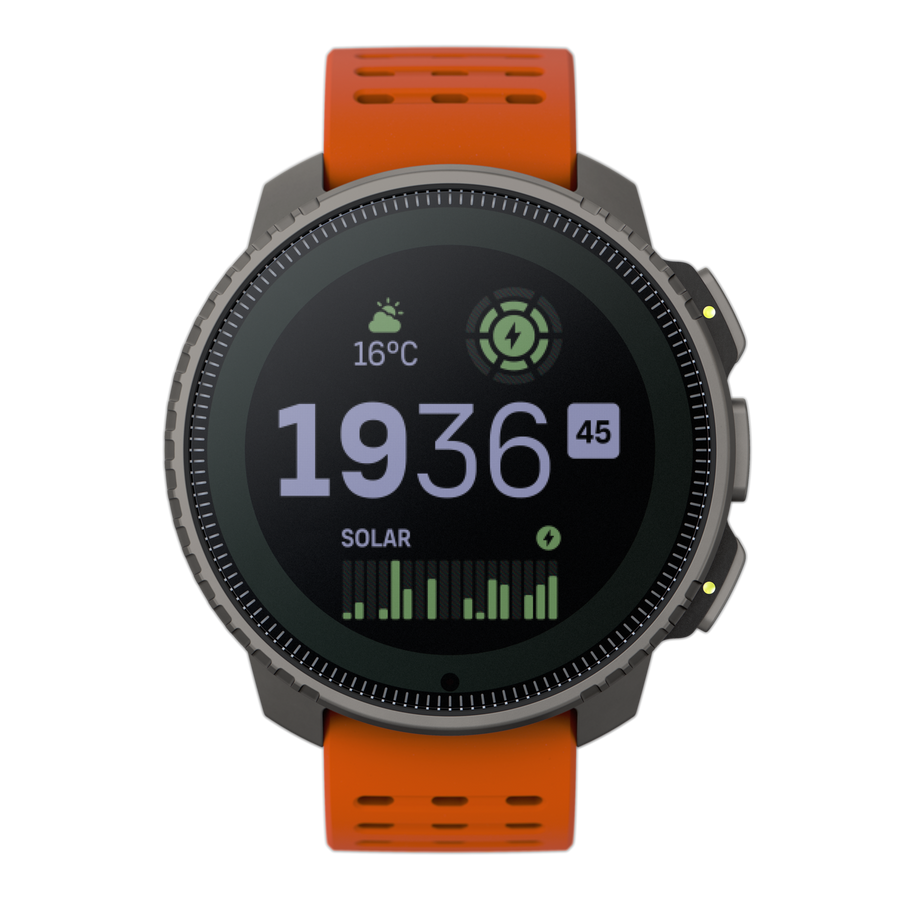
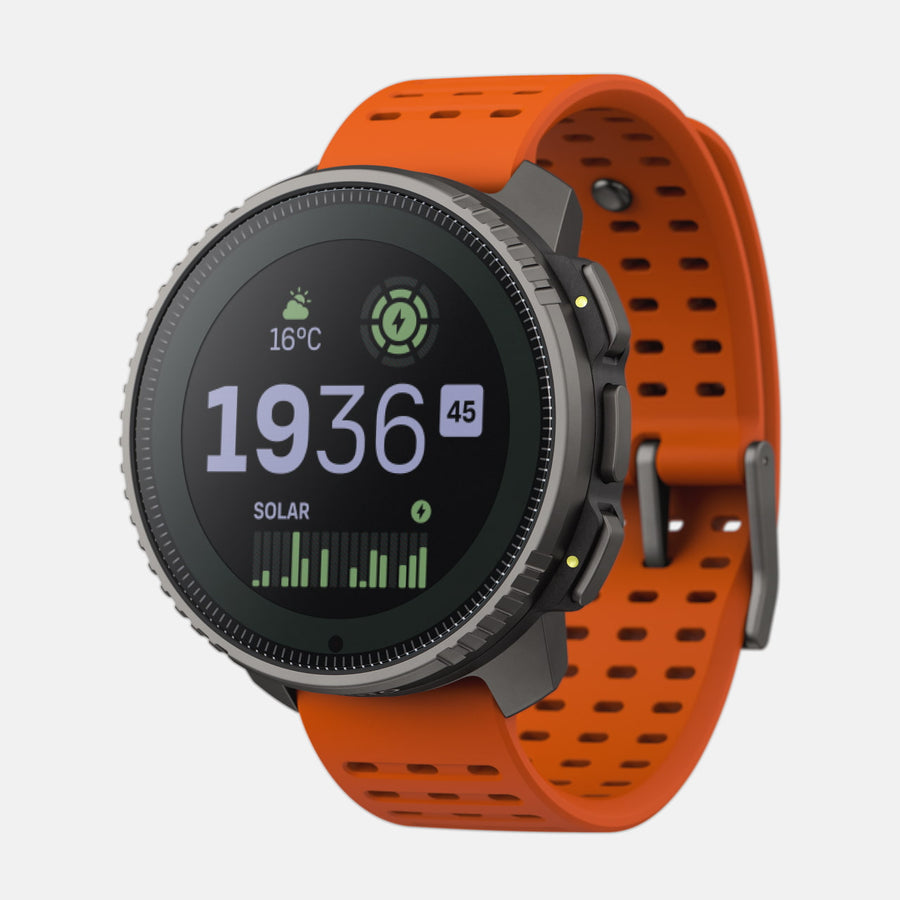
![How Many Steps a Day to Lose Weight? [Here is the Truth]](http://us.suunto.com/cdn/shop/articles/how-many-steps-a-day-to-lose-weight_d7e9e002-4328-4032-93f1-c62106f588d2.webp?v=1759203696&width=553)


